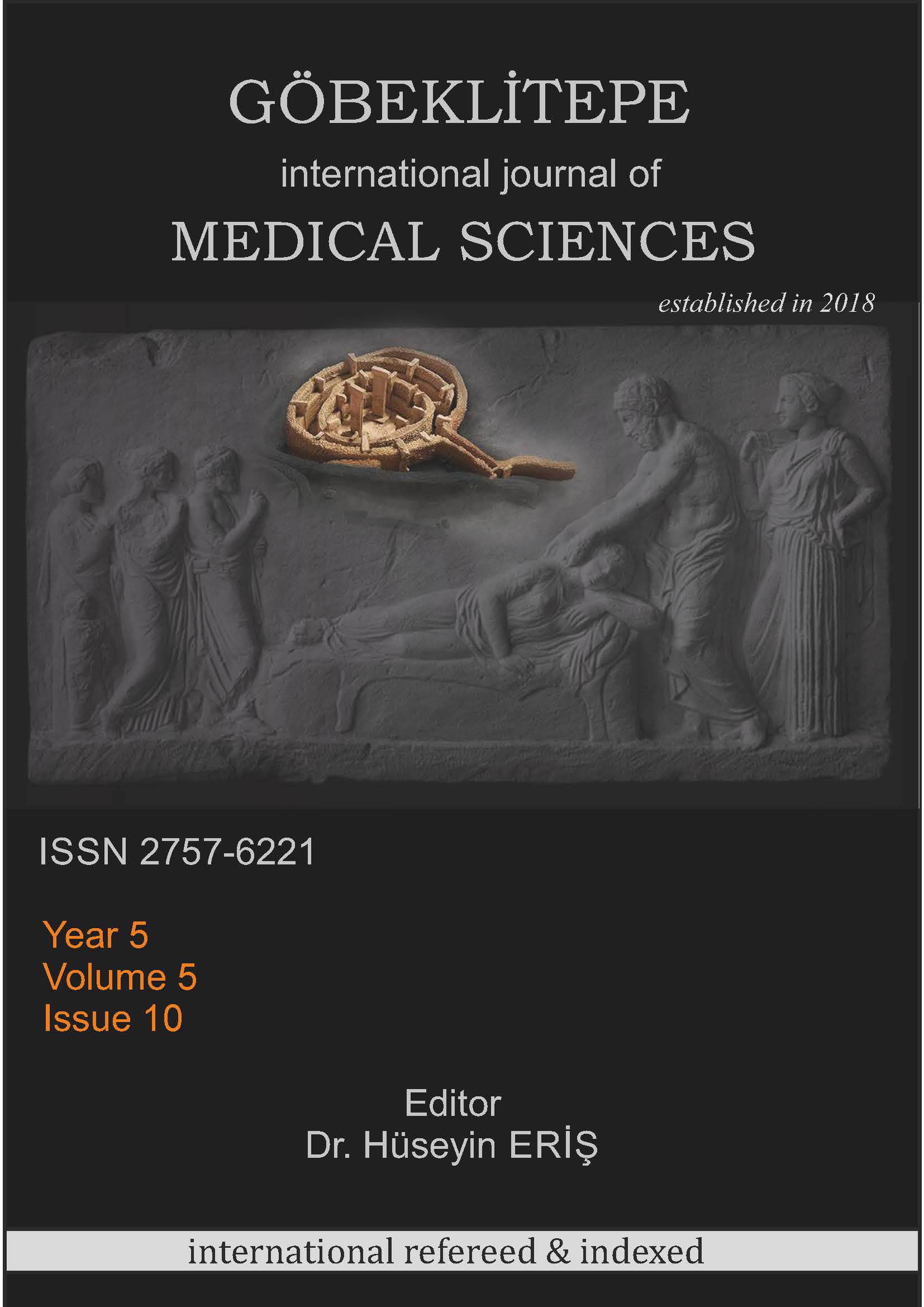SEREBRAL PALSİLİ ÇOCUKLARDA BOBATH TERAPİSİNİN SPASTİSİTE ÜZERİNE ETKİSİNİN SUBJEKTİF VE OBJEKTİF YÖNTEMLERLE DEĞERLENDİRİLMESİ
DOI:
https://doi.org/10.55433/gsbd-130Anahtar Kelimeler:
Serebral Palsi, Kas Spastisitesi, Rehabilitasyon, Kas TonusuÖzet
Bobath tedavisinin spastisite üzerinde olumlu etkileri bilinmektedir fakat bu olumlu etkileri değerlendirebilecek objektif veri araçlarını kullanan çalışmalar sınırlıdır. Bu araştırmanın amacı; bobath tedavisi alan spastik Serebral Palsi tanılı çocukların alt ekstremite kas tonularında ve viskoelastik özelliklerinde meydana gelen değişiklikleri incelemektir. Çalışmaya 5 ile 15 yaş arası (18 kız, 15 erkek) 33 SP’li çocuk alındı. Değerlendirme parametrelerine göre ilk değerlendirmeleri Modifiye Ashworth Skalası ve Myoton®PRO Dijital Palpasyon Cihazı ile yapıldı ve ilk değerlendirme sonrası tüm çocuklar 6 hafta boyunca haftada iki kez almış oldukları nörogelişimsel tedaviye (NGT) devam etti. MAS ile kas tonusu, Myoton®PRO Dijital Palpasyon Cihazı ile kas tonusu, sertlik ve esneklik düzeyleri ölçüldü. Çalışmanın sonuçlarına göre; Serebral palsili hastalarda spastisiteyi değerlendirmede MiyotonPRO dijital palpasyon cihazının MAS’a göre hassasiyetinin daha yüksek ve güvenilir olduğu saptanmıştır. Bu nedenle daha sonraki çalışmalarda spastisiteyi değerlendirmede daha objektif ve güvenilir olan MiyotonPRO dijital palpasyon cihazının kullanılması önerilmektedir.





